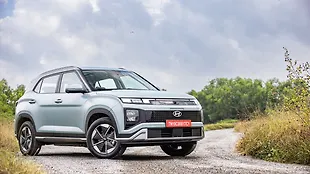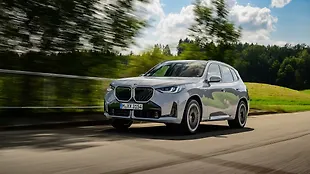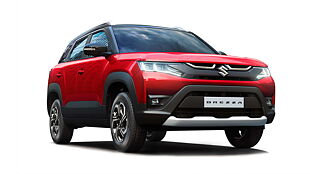Introduction

The introduction of AMT (automated manual transmission) to cars has been beneficial to buyers and manufacturers alike. The AMT tech employs shift control actuators that automatically perform the clutch and shift operations. Consequently, it adds to the convenience of drivers by cutting down the hassle of manually pressing the clutch and shifting gears.

Maruti Suzuki calls it Auto Gear Shift (AGS) technology in its own terms, and has equipped the WagonR with it. Its prime competitor, the Santro, became the first Hyundai to get this AMT technology as the carmaker also wanted to offer an entry-level automatic hatchback at a competitive price. In a face off of these automatic hatchbacks, we did an in-depth analysis of many parameters including features, dimensions, fuel efficiency and many more. Here we are highlighting the on-road performance figures of the Santro Sportz AMT and the WagonR Zxi AMT.

Acceleration

A. Acceleration
0-60kmph
0-100kmph
Hyundai has powered the Santro by a 1.1-litre Epsilon MPI petrol engine that produces 68bhp and 99Nm of torque. Meanwhile, this WagonR AMT derives a little more power from a 1.2-litre K12M petrol unit that pumps out 82bhp and 113Nm of torque. It's quite apparent then that the Maruti would be faster than the Hyundai on a straight line. And, our V-BOX tests also reiterate this with the WagonR AMT completing the 0-60kmph sprint in 6.19 seconds, while the Santro AMT taking 7.39 seconds. Thanks to the additional power, the WagonR also reached 100kmph from standstill in just 13.94 seconds as against the Santro's slower timing of 17.64 seconds.

Roll on times

B. Roll on times
20-80kmph in kick-down
40-100kmph in kick-down
Now, looking at the city driving scenarios, the Santro performed the 20-80kmph roll-on test in kick-down in 10.20 seconds. Meanwhile, the same test was accomplished by the WagonR in a quicker 8.23 seconds. What's more, the WagonR's 10.03 seconds for the 40-100kmph run in kick-down is also remarkable against the Santro's 12.65 seconds by an appreciable margin.

Conclusion

These figures clearly go on to show how the additional power and torque helped a vehicle put up better performance figures. Still digging for more information? Want to know which one is measurably better? Well, our complex points system is a great deal then to tell you about it. Head to the complete road test comparison of both these AMT versions by clicking here.


![Maruti Suzuki Wagon R [2019-2022] Image Maruti Suzuki Wagon R [2019-2022] Image](https://imgd.aeplcdn.com/272x153/n/cw/ec/34467/wagonr-exterior-right-front-three-quarter-3.jpeg?q=80)























